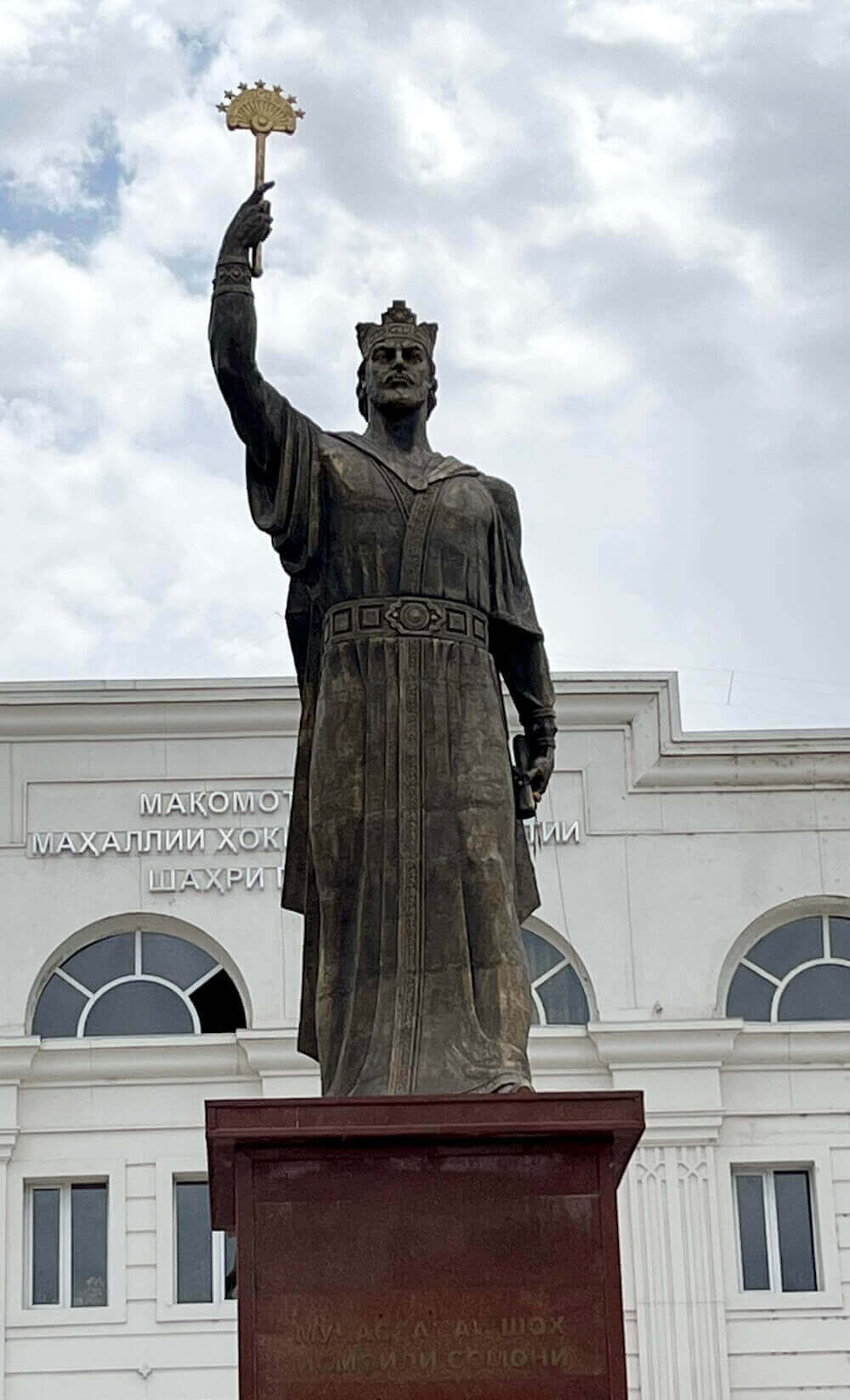
I visited Tajikistan in August 2023 as part of my Central Asia trip with Allen Liu, a good friend from university. We took a taxi from Samarkand (Uzbekistan) to the border, walked across, and took another taxi on the Tajik side to the city of Panjakent. We witnessed what I am pretty sure were two separate instances of bribery within the first hour. The first was when a man surreptitiously slipped some money to a border agent. The second was when our taxi driver was pulled aside by a cop and passed him some money while they talked together outside the car. Although corruption occurs around the world, this was the first time I had seen bribery with my own eyes.
Tajikistan’s transportation infrastructure is atrocious. I learned that, until recently, the road connecting Khujand and Panjakent in the country's northwest with Dushanbe in the center became impassible during the winter, so the only way to get from one part of the country to the other was via Uzbekistan. In 2006, Iranian engineers built the Anzob tunnel that solved this problem. However, this tunnel was nicknamed the “Tunnel of Death” because it initially lacked both lighting and ventilation. This meant that if your car broke down in the tunnel you could straight up die from carbon monoxide poisoning. By the time we traversed the tunnel, fortunately, the Iranian engineers had solved the ventilation issue, though the concept of “light” remained foreign to them.
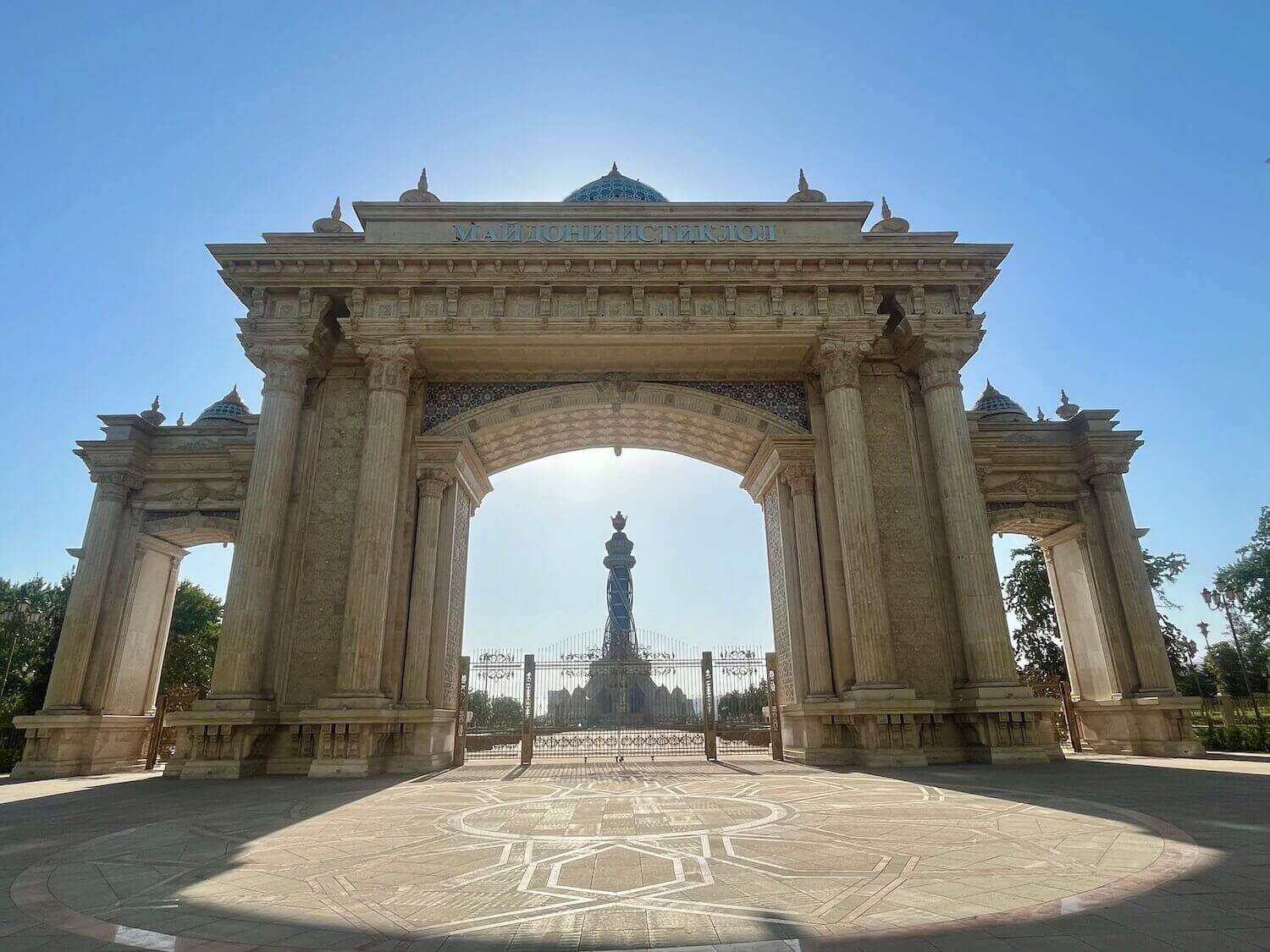
Dushanbe is Tajikistan’s capital and largest city. It is a planned city that appears quite modern, though it retains many historic buildings as well. It is quite lively, and inexpensive as well – $1 gets you an entire pitcher of tea, and Allen discovered $3 fruity cocktails that are to this day the best alcoholic drink I have ever tasted! We explored Dushanbe’s national museum where I particularly appreciated the small but detailed exhibit they had on Zoroastrianism - the religion of the ancient Persians, and also of my father's side of the family. Even though Tajikistan is almost entirely Muslim, the Tajik people still take pride in their pre-Islamic heritage. Panjakent is a city on Tajikistan’s western border with Uzbekistan, right next to the ruins of the ancient city of Sarazm, which was founded in the 4th millenium BC. Although Sarazm is a UNESCO World Heritage site, almost none of the signs and explanations were in English, probably because Tajikistan receives so few Western tourists. We explored Panjakent's large bazaar in search of provisions for our upcoming trek. Not seeing the typical packaged foods that Americans usually eat on backpacking trips, we bought several bags of nuts and dried fruit, along with a massive circular loaf of local bread.
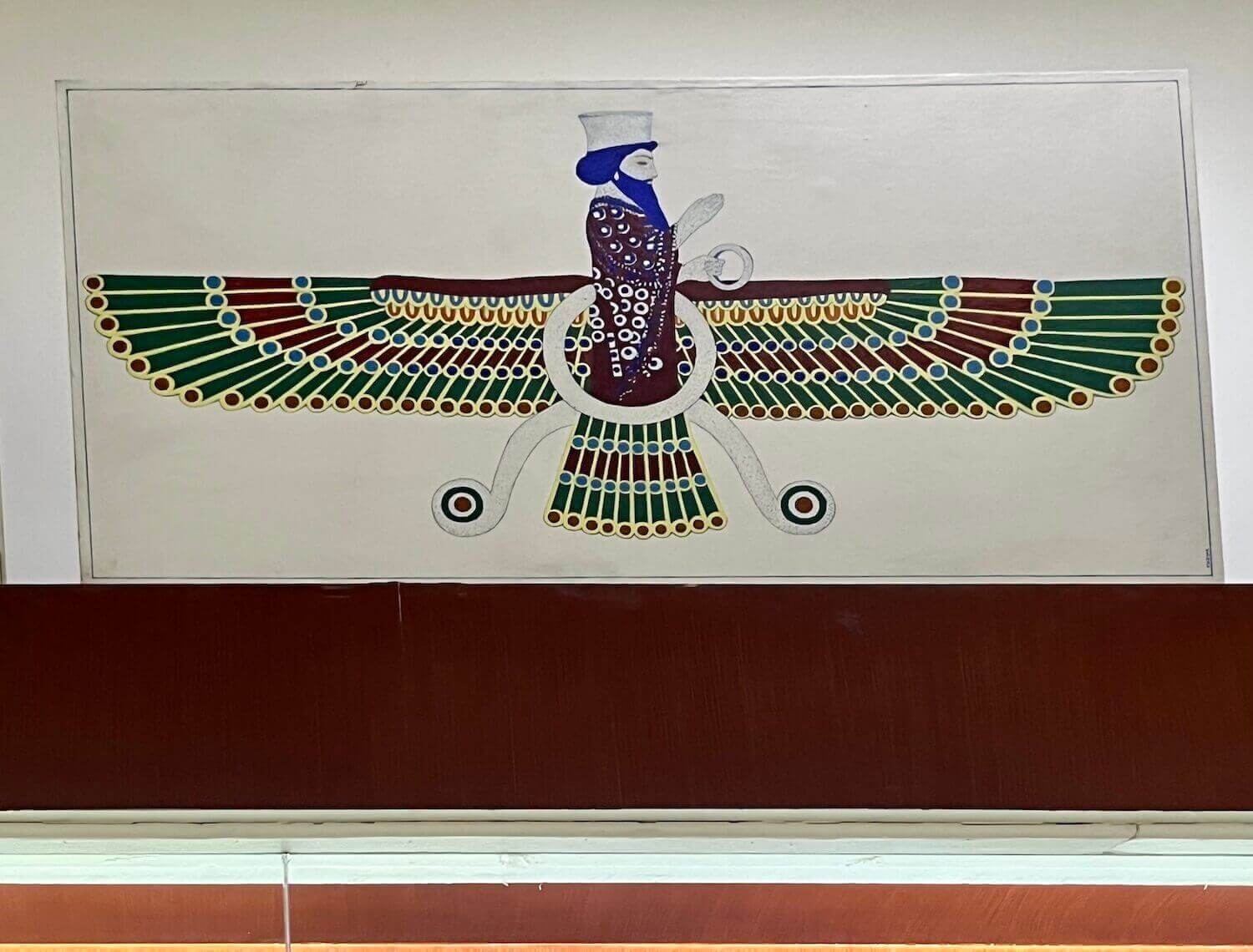
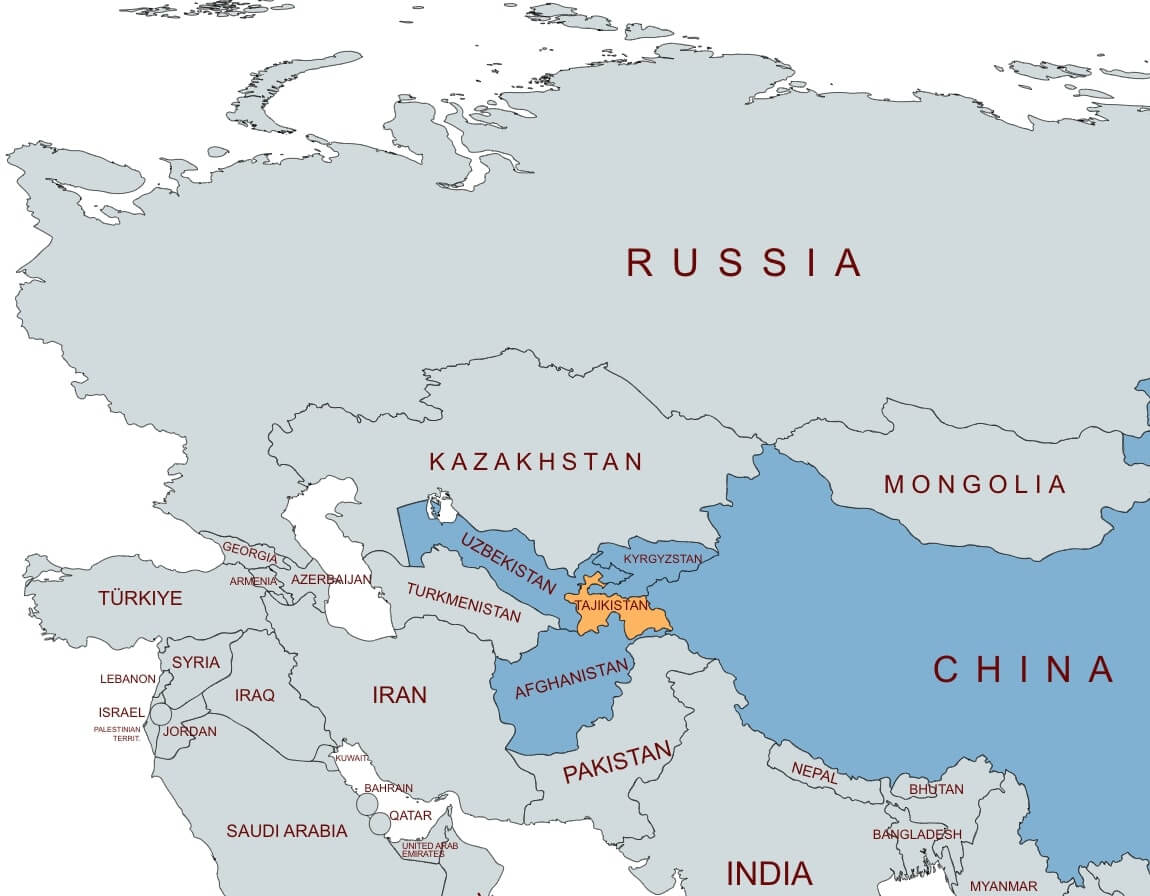
Tajikistan’s history resembles that of many other countries in Central Asia. Ruled successively by the Mongol Empire, the Timurid Empire, and the Khanate of Bukhara, it was conquered by the Russian Empire in the late 19th century. Although Kazakh, Kyrgyz, and Uzbek are all in the Turkic language family, Tajik is essentially a dialect of Persian that is very similar to Afghanistan’s Dari language. Similarly, the Tajik people are ethnically related to Iranians. Following the Russian Revolution of 1917, Tajikistan joined the Soviet Union as the Tajik Autonomous Soviet Socialist Republic. In part due to its mountainous and remote location, Tajikistan was the poorest of the Soviet republics, and sadly retains that title today.
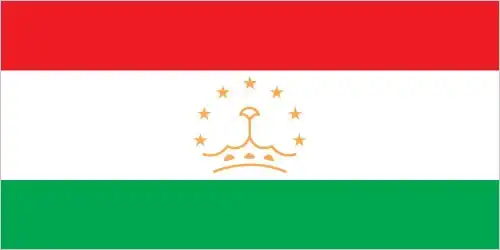
While Tajikistan gained independence from the USSR in 1991, the lack of a strong national identity, economic struggles, and cultural tensions led to the Tajikistani Civil War, which lasted from 1992 until 1997. The Tajik government was supported by Russia and was pitted against the United Tajik Opposition, a wide coalition of liberal and Islamist groups based largely in the nation’s remote Eastern provinces. This war devastated Tajikistan’s economy and infrastructure, and displaced over a million people. Although a ceasefire was reached, Tajikistan’s leadership did not change. Emomali Rahmon has remained president continuously since 1994. Rahmon heads an authoritarian regime and has been accused of nepotism, with his son serving as the mayor of Dushanbe and the chair of Tajikistan’s National Assembly. It was fascinating to see a real-time cult of personality – posters of Rahmon’s imposing and scowling face were plastered all around Dushanbe and Panjakent.
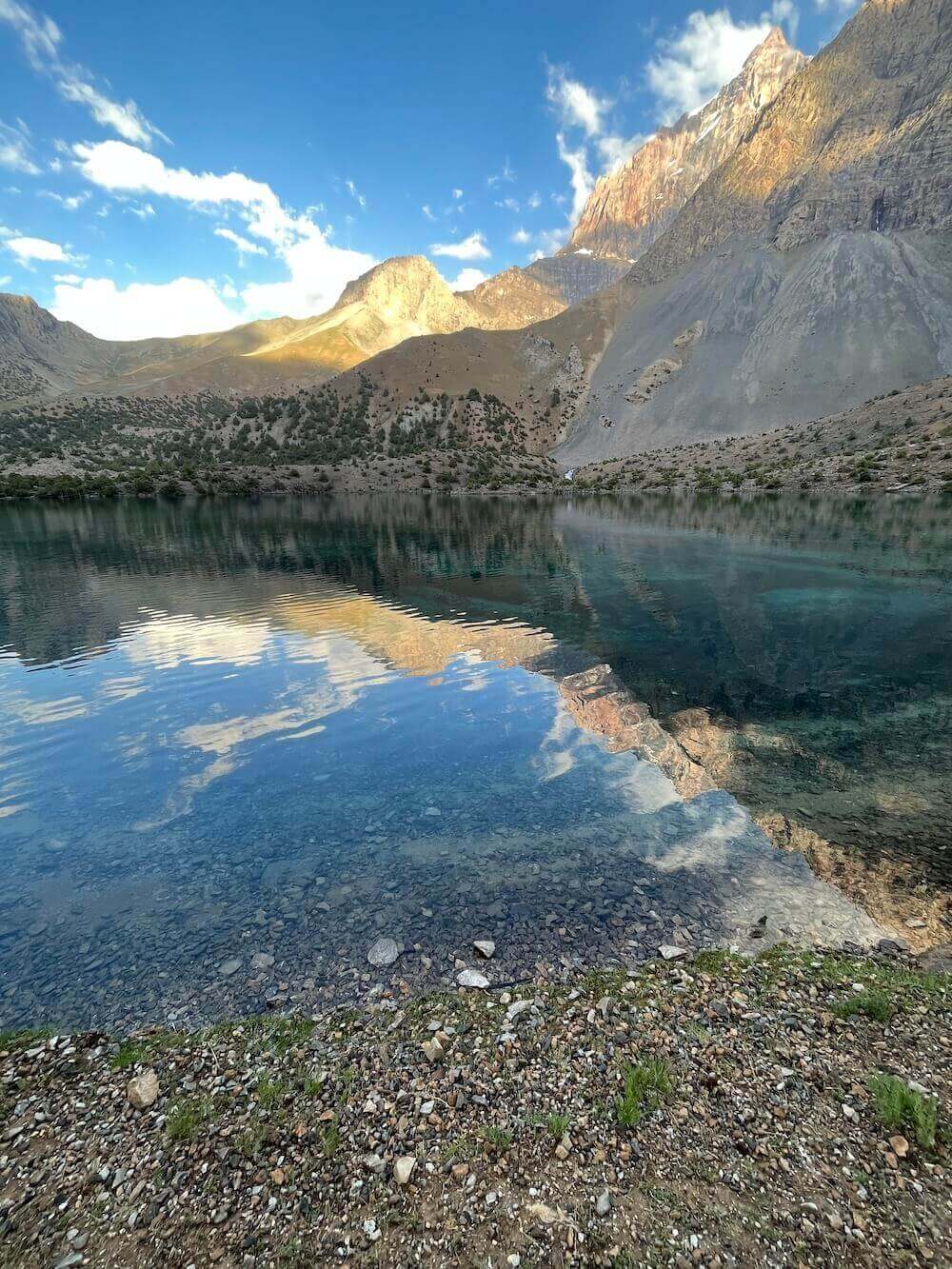
The most exciting part of our trip was hiking to Chimtarga Pass, a 4,750m high pass between two gargantuan peaks in Western Tajikistan’s Fann mountain range. The trek involved a total of 17,000ft / 5,200m elevation gain, and covered 31 miles / 50km. We had to take a taxi from Panjakent to the isolated mountain town of Artuch, where we rented sleeping bags and a tent. Thus began one of the most beautiful hikes I have ever done. We passed by 3 scintillating alpine lakes, which contrasted brilliantly against the grey and beige mountains. The few hikers we crossed were mainly Russian, but for the most part we had this pristine landscape to ourselves. The night sky was so clear we could make out the Milky Way even when the Moon brightened the sky. We camped at Mutnyi Lake (elevation 3,500m). The streams leading into the lake proved to be sumptuous sources of water that we filtered.
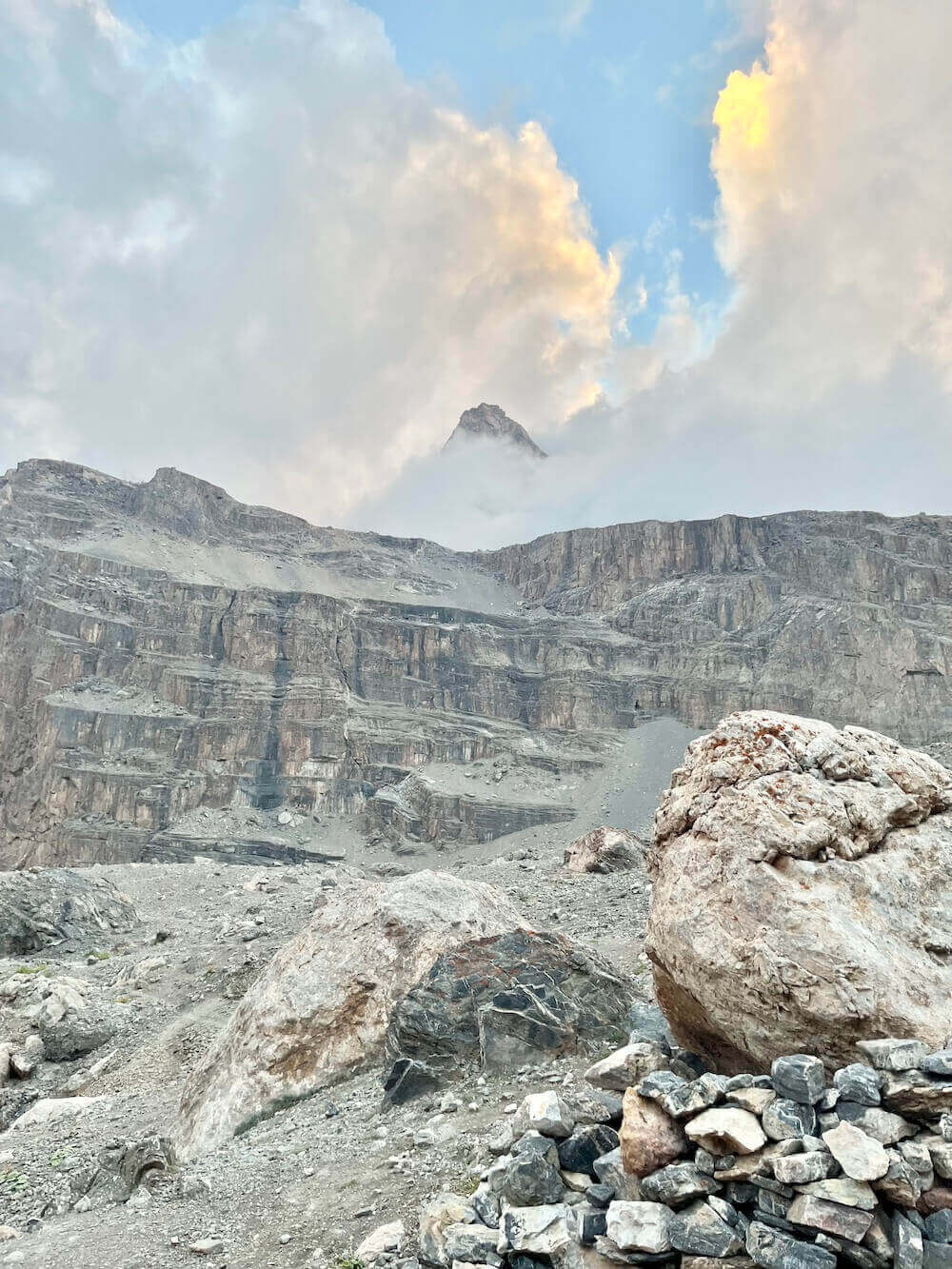
The final stretch to Chimtarga Pass was challenging. Sleeping at such a high elevation without really acclimatization left Allen and me drowsy and light-headed. Nevertheless, the more we hiked, the better we felt. After a steep uphill hike that involved navigating loose rock and some snow, we made it to the pass. Because we were a bit ahead of schedule, we managed to spend the afternoon at the picturesque turquoise Alauddin Lake. Eager to get back, we woke up at 2am to begin the final stretch back to Artuch. I had hoped to proudly and gracefully stride towards the basecamp to show the Russian and Tajik residents what Americans are capable of. Alas, I slipped in a pool of mud just before arriving, and the hues of murky brown that had embedded themselves in my pants looked as if I had soiled myself. Which I suppose, in the most literal sense possible, I had. It took us exactly 52 hours to complete the hike.
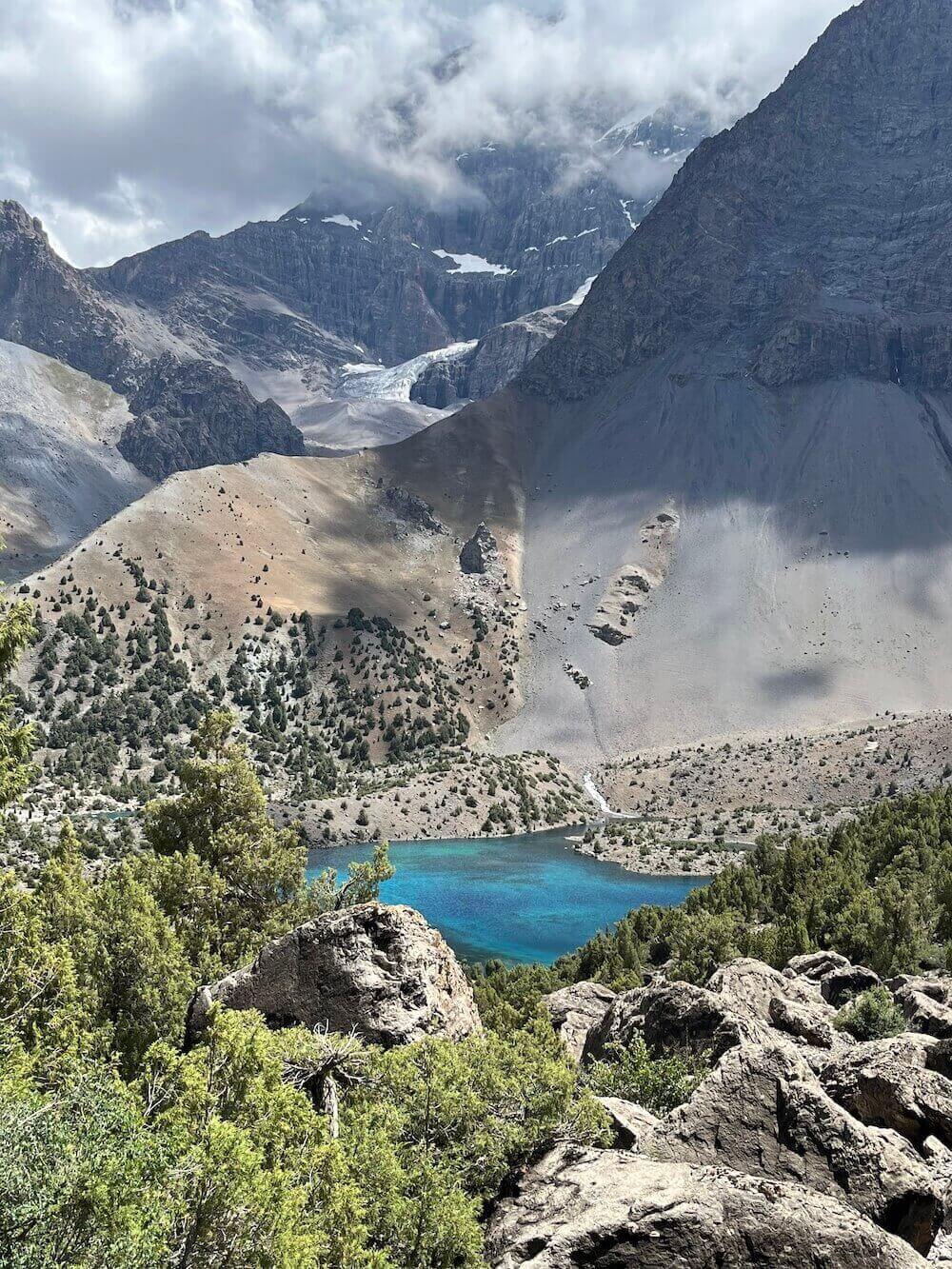
Just as Uzbekistan seems to revere Amir Timur, Tajikistan venerates Ismail Somoni. The nation’s currency and tallest mountain are named after him, and there were multiple statues of him in both Dushanbe and Panjakent. Between 892 and 907 AD, Somoni united the Samanid Empire, which had previously been split between multiple rulers. He also fortified and brought stability to the city of Bukhara (now in modern-day Uzbekistan). Somoni extended the Samanid Empire’s borders, and though he was still officially subordinate to the Abbasid Caliphate, his military prowess and diplomacy allowed the Samanid Empire to operate as a de facto independent state. This revitalized Persian culture, language, and influence in the region.
